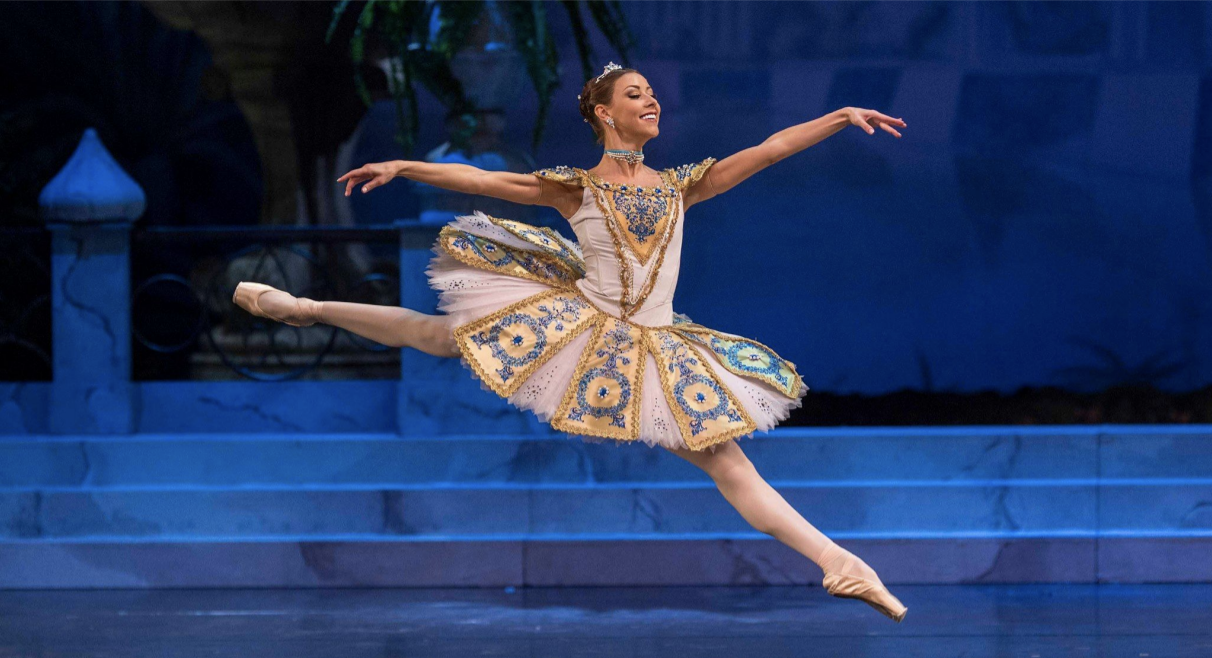On the 3rd of October, IE University hosted its first-ever virtual club fair to let current students learn of the many diverse clubs existing within IE. Despite the virtual nature of the club fair and the new changes many club organizers had to adapt to, the engagement between clubs and students was not diminished. Yet with a successful club fair come many things to be improved, as is the nature of a first-time event.
The user interface of the virtual club fair was organized, as the 80+ clubs were sorted into categories related to their type of club (i.e sports, professional, diversity and inclusion, etc). Upon clicking a specific category, you are revealed to multiple types of clubs related to that category. The club categories were colorful, letting users find clubs they were interested in easily.
Of the clubs interviewed on their experience during the Virtual Club Fair, all found it easier to communicate their club and its goals to potential new members. However, the lack of in-person communication did make it harder in some regards. Tyler Brklacich of IE’s Out and Allies Club found it harder to attract members to the club at times due to the lack of booths. Adam Rose from IE’s Debate Club echoed the sentiment, commenting on the virtual club fair lacking the in-person club fair’s “group” effect in attracting new members. The in-person club fair contained a dynamic allowing for two-way communication, letting club organizers attract potential members, and students search for clubs they found interesting. While IE’s virtual adaptation of the club fair allowed users to find clubs easily, it made it impossible for clubs to personally attract members.
Another component of the virtual club fair was the timing. The length of the club fair this year was 4 hours, double the length of previous club fairs. This measure was given to allow students more opportunities to find clubs they were interested in, allowing students not currently in Spain to view clubs in their own time zones. While the idea of a longer club fair to compensate for the virtual nature of the club fair was correct in theory, the practical application of such had its own drawbacks.
Many clubs within the club fair had set times open for personal zoom times. These set times could be detrimental to interested students wanting to talk with club organizers directly. The dissonance from this could lead to fewer members and engagement for certain clubs. Another issue with the virtual club fair related to timing was the timeframe it was set in. Carlos Gonzalez Soffner from the IE Eco Club lamented over the timeframe at which the club fair was set, as there was a lack of students attending the zoom session in comparison to past in-person events. His comment on timing was supported by Brklacich, as the timeframe (13:00-17:00 GMT+2) was in conjunction with at least three majors’ daily classes. The intersection of the club fair and classes meant that many students who could potentially be interested in the virtual club fair were unable to attend due to academic priorities.
IE’s lack of advertising to the club fair earlier also presented a potential issue to club-to-student engagement. The lack of explaining how the virtual club fair works and information relating to the club fair led to a dampened turnout. Jenefa Justin and Emily Yorke from IE’s Big Data and Tech Club mentioned that while IE’s virtual club fair made it easy to have focused conversations with people, the lack of training on how to navigate the virtual club fair and lack of marketing related to the club fair may have led to less engagement and turnout for other clubs.
IE University’s first virtual club fair had many things to be improved. The lack of club-to-student connection when attracting new members, the awkward timeframe, and the lack of earlier advertisement left many things to be desired. However, IE’s smooth setup for club organizers, easy organization for students to find clubs, and new perks for club organizers moving to an online setting was impressive. With the pandemic continuing to spread in Spain, for the near future, these online events will remain the status quo.






